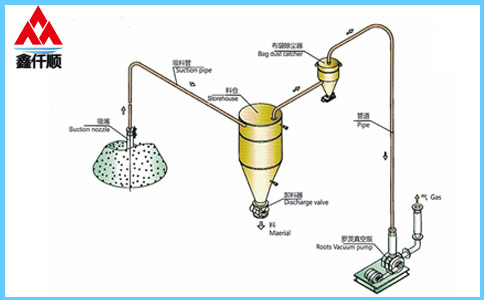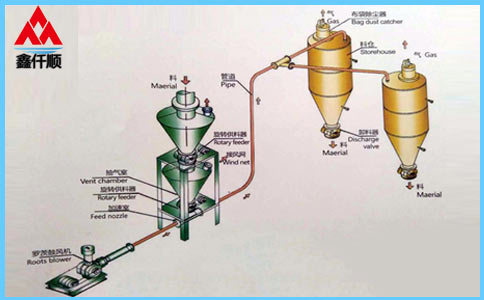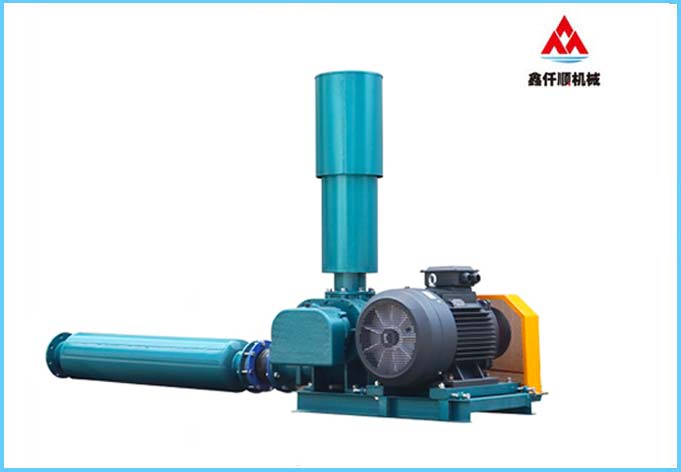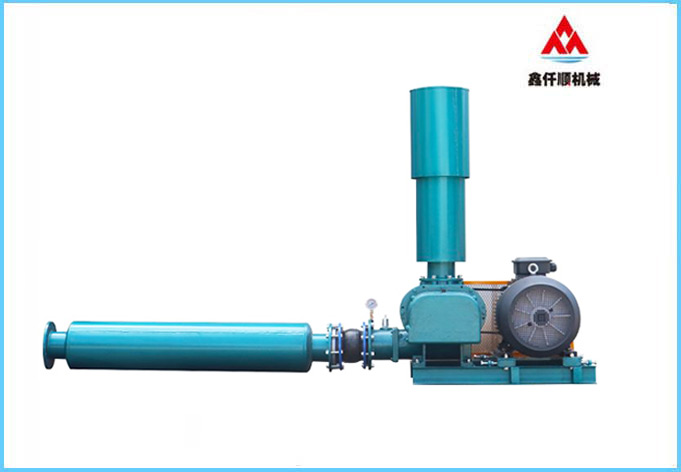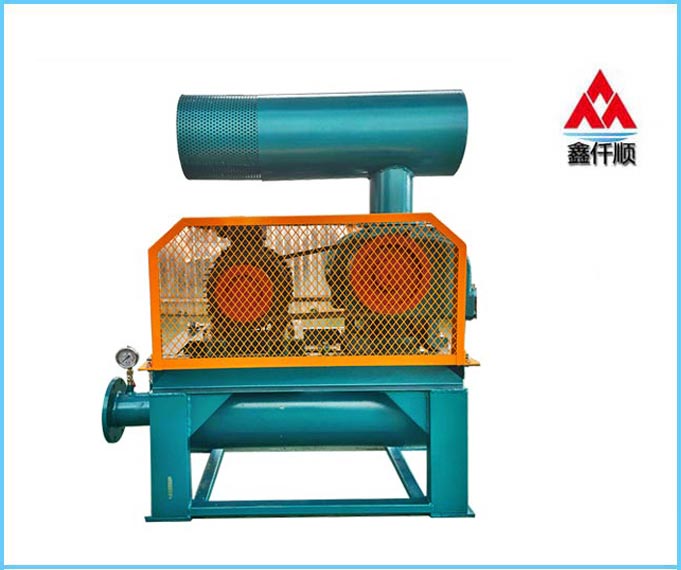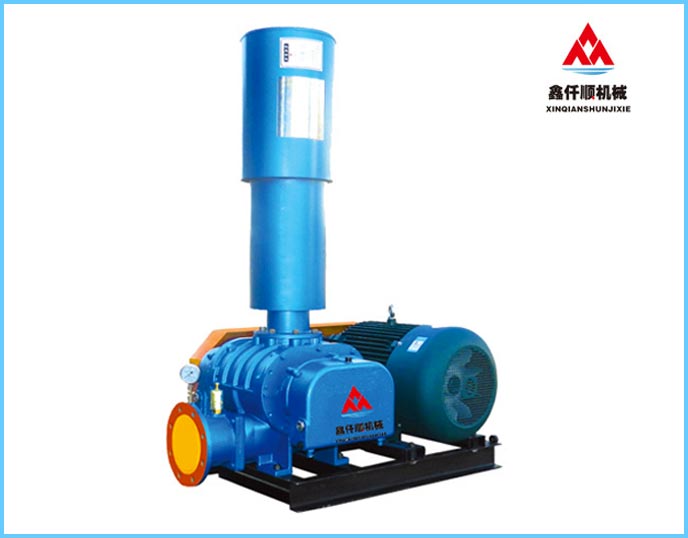If Roots blower is not started with no load, it will trip or suffocate. When starting, remember that Roots blower is started with no load. In case of ordinary tripping, the Roots blower will simply trip, which will not damage the Roots blower. At this time, what should be done is to open the vent valve, start the fan, and check the operation of the fan. The motor is burnt out. If the motor is burnt out and the Roots blower cannot be started, then we need to replace the motor, and the loss is relatively serious. Roots blower cannot hold the pressure, which is very easy to cause motor damage, and the bearing pressure of the blower will rise sharply, which will lead to a very serious situation.
If one circuit of the rectifier template of the aeration roots blower frequency converter fails, it will cause over-current protection power-off tripping. Do not make too much dust inside the inverter of the aeration roots blower or the radiator, resulting in poor heat dissipation, then the roots blower will be powered off and tripped. If the internal clearance of Roots blower rotor, cavity, etc. becomes smaller due to long-term rust and dust, the resistance will increase, which will lead to overload and power off protection.
Precautions for startup. If Roots blower is not started with no load, it will trip or suffocate. When starting, remember that Roots blower is started with no load.
Simple tripping. In case of simple tripping of Roots blower, it will not cause damage to Roots blower. At this time, what should be done is to open the vent valve, start the blower, and check the operating condition of the blower.
The motor is burnt out. If the motor is burned out and the Roots blower cannot be started, then we need to replace the motor, and the loss is relatively serious. Roots blower cannot hold the pressure, which is very easy to cause motor damage, and the bearing pressure of the blower will rise sharply, which will lead to a very serious situation.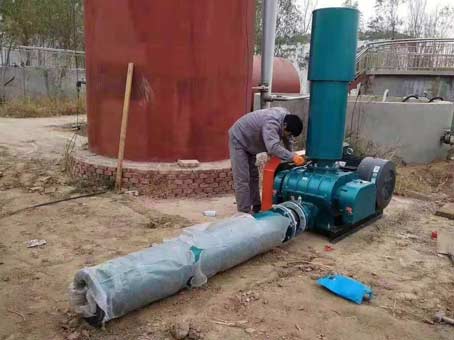
1. Thunder and heavy rain weather, or the start of large equipment will cause the fluctuation of grid voltage, which may lead to the tripping of inverter voltage loss protection.
2. Due to long-time neglect of maintenance and cleaning, there is too much dust accumulated on the internal plate of the inverter or on the radiator. The dust accumulation reduces the heat dissipation effect of the machine itself, causing the inverter to trip due to the protection of the equipment.
3. There is too much dust and magazines deposited inside the Roots blower and they are not cleaned in time, which leads to the reduction of the clearance between the rotor and the rotor, between the rotor and the cavity, thus increasing the load resistance, making the motor and frequency converter overload, leading to the machine tripping protection.
4. When selecting the type of frequency converter, the selected model capacity is too small. Generally, the capacity of frequency converter shall be about 20% larger than the rated power of motor to ensure that the frequency converter can still drive when the motor reaches full load.
5. If the power supply voltage is too high or too low, the converter will overheat and cause protection tripping. If the power supply voltage exceeds 410 V, the heat generated inside the converter will increase, leading to protection tripping. If the power supply voltage is lower than 360 V, the working current of the inverter will increase and overcurrent protection tripping will occur.
6. The converter has its own problem. One of the rectifier templates at the back of the converter is damaged, which causes the other two circuits to be in over-current state and trip.
I believe that after reading the above contents, you should also understand what causes the Roots blower to trip. I hope it will help you.
Text label: Roots blower
Link to this article: //wuhanzhcs.com/html/news/n02/709.html


